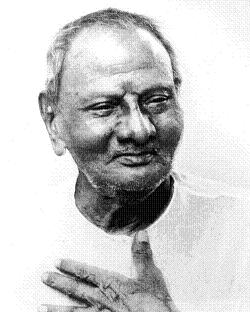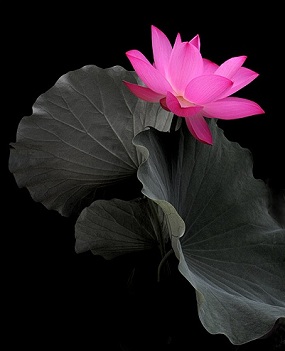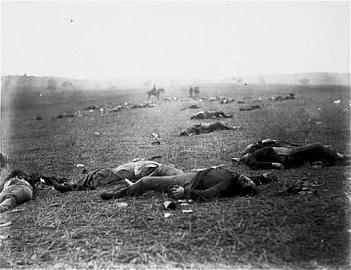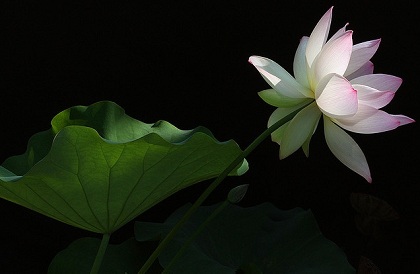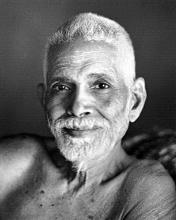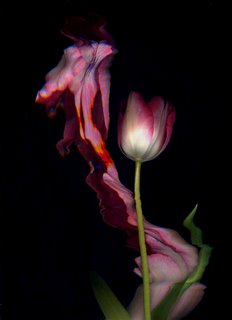The Gospel of Thomas
The Nag Hammadi Library
Translated by Stephen Patterson and Marvin Meyer
 |
Introduction
The Gnostic Society Library
There is a growing consensus among scholars that the Gospel of Thomas – discovered over a half century ago in the Egyptian desert – dates to the very beginnings of the Christian era and may well have taken first form before any of the four traditional canonical Gospels. During the first few decades after its discovery several voices representing established orthodox biases argued that the Gospel of Thomas (abbreviated, GTh) was a late-second or third century Gnostic forgery. Scholars currently involved in Thomas studies now largely reject that view, though such arguments will still be heard from orthodox apologists and are encountered in some of the earlier publications about Thomas.
Today most students would agree that the Gospel of Thomas has opened a new perspective on the first voice of the Christian tradition. Recent studies centered on GTh have led to a stark reappraisal of the forces and events forming "orthodoxy" during the second and third centuries. But more importantly, the Gospel of Thomas is awakening interest in a forgotten spiritual legacy of Christian culture. The incipit (or "beginning words") of Thomas invite each of us "who has ears to hear" to join in a unique quest:
These are the hidden words that the living Jesus spoke, and that Didymos Judas Thomas wrote down. And He said: "Whoever finds the meaning of these words will not taste death."


